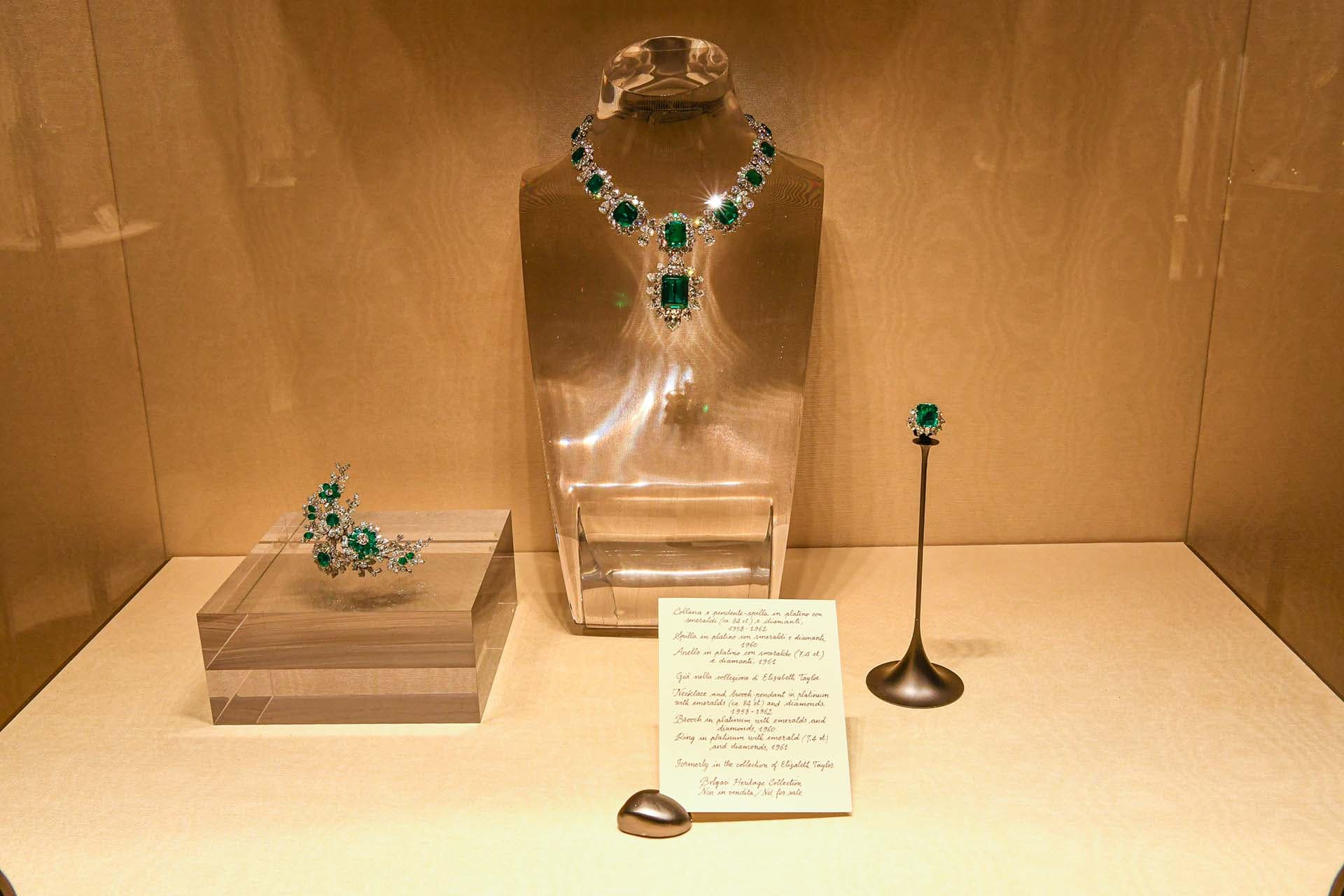“The Dolomites rise out of the land like jagged gods. Some of their faces are more than 1000 metres of sheer rock,” says Massimo Da Pozzo, a second-generation mountain guide and cofounder of Cortina 360 climbing school.
Located in the Veneto region, Cortina d’Ampezzo became a high altitude playground for a fashionable set when it hosted the seventh Winter Olympics in 1956. Shots of the Unesco-listed scenery shrouded in snow lured stars such as Brigitte Bardot and Sophia Loren to the chic 19th-century hotels that still line the streets today.

The town’s location on the border of the former Venice and Tyrol Republics and a 400-year-stint in the Austro-Hungarian Empire have left the region with a host of cultural quirks. A stroll along the Corso Italia reveals workshops where artisans stoop over age-old crafts such as filigree jewellery and takashi woodwork.
Tasting the terroir
With a mountain lineage stretching back too many generations to count, Da Pozzo is well-placed to comment on Cortina d’Ampezzo’s pastoral cuisine.
“When I was four years old I escaped from daycare because I wanted to be with the cows and horses in the meadows” he recalls.
Malgas, and rifugios, their high-altitude equivalents with rustic rooms, are still typically family-run, serving mountain recipes that embody the region’s history. Canederli (also known as knödel) are German-style dumplings with a Parmesan tang, while casunziei all’ampezzana (moon-shaped beetroot ravioli) is flavoured with nutmeg, a spice introduced by Venetian merchants.
Flavour profiles remain true to the region’s rural heart. Tasting menus include dishes like grass-fed beef with wild juniper and olive oil infused with pine needles, while local sommeliers favour native grapes such as schiava, a light-bodied red.

Sports in all seasons
Cortina is a magnet for skiers of all abilities. Located at an altitude of 1,226 metres, the resort has 120 kilometres (75 miles) of slopes across including beginner-friendly blue runs in the east.
Tofana hosted the Alpine World Championships in 2021 and will also be the focus of skiing for the 2026 Winter Olympic Games.
Throughout the rest of the year, hiking and bouldering are the main draws for stressed urbanites seeking solitude. More than 400 kilometers of marked trails unfurl through the Natural Park of the Ampezzo Dolomites, revealing vistas of beauty spots such as the Giau Pass.
A natural playground
For all its fashionable and cultural appeal, Da Pozzo believes that Cortina d’Ampezzo’s natural wonders make it irresistible year round. In autumn, Alpine ibex lock horns in meadows speckled with rare Scarpetta Madonna orchids, while summer sees golden eagles swoop over the Lago di Sorapiss.
“One of my favourite things about the Dolomites is their beautiful colours which range from yellow to black to red,” he says, referencing a phenomenon known locally as enrosadira which sees the limestone peaks blaze at sunrise and sunset. “This region really is a playground for all ages.”





